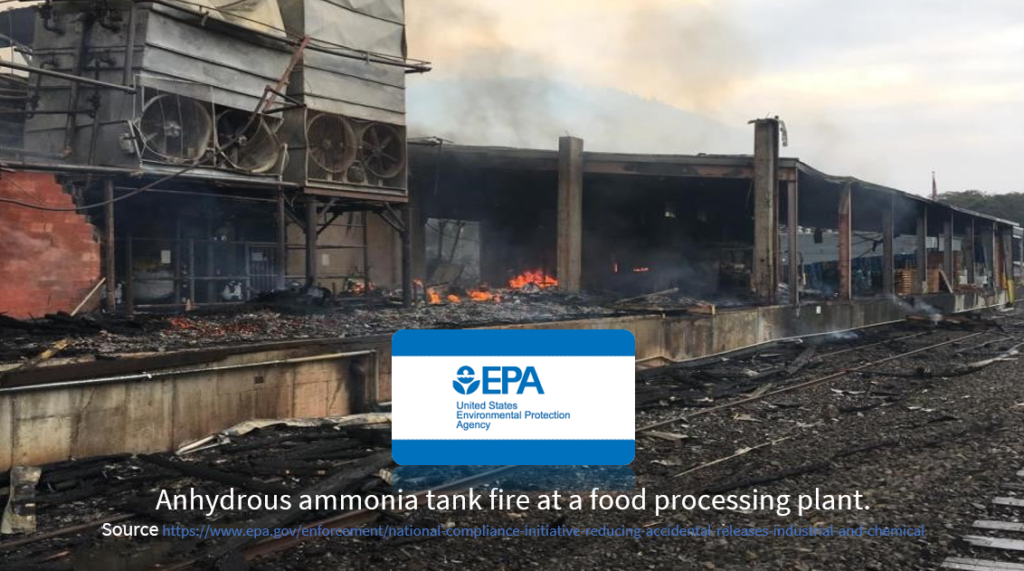This purpose of this EPA Enforcement Alert is to highlight the importance of accident prevention efforts during startup periods and other times of nonroutine operations. Chemical accidents can occur at any time, but there are times when facilities are more prone to accidents. Startup is a particularly vulnerable time. The Chemical Safety Board (CSB) noted in its Safety Digest, “CSB Investigations of Incidents During Startups and Shutdowns”.
Preventing chemical accidents is an important responsibility for facilities that use extremely hazardous substances. Section 112(r)(7) of the Clean Air Act and the implementing regulations at 40 CFR Part 68 require all facilities, regardless of their size, that use certain extremely hazardous substances above a specified quantity in a process to develop a Risk Management Program. These facilities must:
• Conduct a hazard assessment that identifies potential effects of a chemical accident and an evaluation of worst-case and alternative accidental release scenarios
• Keep track of any accidents that took place in the last five years
• Implement a prevention program that includes safety precautions, and maintenance, monitoring, and employee training measures
• Implement an emergency response program that includes coordination with local emergency responders, procedures for responding to accidental releases, emergency health care, employee training measures and procedures for informing the public and response agencies (e.g., fire departments) should an accident occur
The goal of this NCI (National Compliance Initiative) is to reduce the risk to human health and the environment by decreasing the likelihood of chemical accidents. A successful initiative would reduce communities’ risk by having regulated facilities and industry associations work to:
- improve safety;
- increase compliance with risk management plan and GDC requirements; and
- promote coordination and communication with state and local responders and communities.
Thousands of facilities nationwide, many of which are in environmental justice communities, make, use, and store extremely hazardous substances. Catastrophic accidents at these facilities—historically about 150 each year—can result in fatalities and serious injuries, evacuations, and other harm to human health and the environment.

